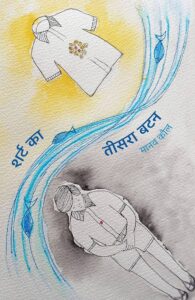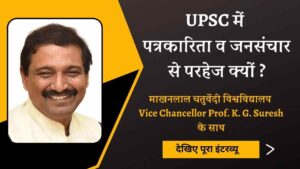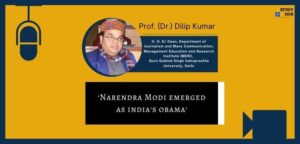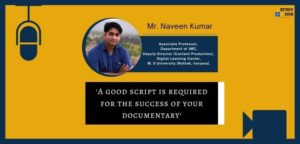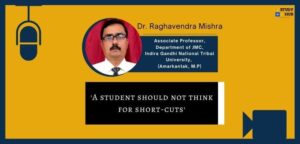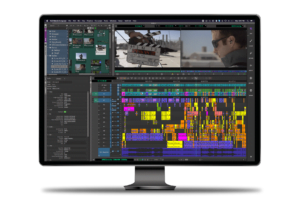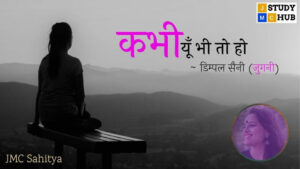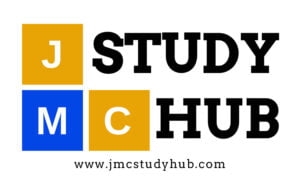In the world of media and communication studies, two concepts that frequently come up in discussions about the influence of media on public perception are media priming and framing. While these concepts are distinct, they are closely related and often intersect through the lens of Agenda Setting Theory. Here, we will delve into the definitions and examples of media priming and framing, and then explore their connection with the Agenda Setting Theory.
Media Priming
Media priming is when the media shows us certain things, and it makes us think about related stuff without us realizing it. Imagine you see lots of news about healthy food; you might start thinking more about eating better, even if no one told you to. So, media priming refers to the process by which media coverage of specific topics or issues can influence the way individuals think about related subjects. It operates on the idea that media exposure can “prime” our cognitive associations and affect our judgments and perceptions. Essentially, when we consume media content that highlights certain aspects or issues, our minds become more receptive to these themes, even when we are not consciously aware of it.
For instance, if the media frequently covers stories about crime in a particular neighborhood, individuals might become more fearful and perceive the neighborhood as more dangerous than it actually is, even if crime rates haven’t significantly increased. Media priming can thus shape our attitudes and opinions, often without us realizing it.
Media Framing
Framing is when the media shows us things in a certain way on purpose. They pick what to show and how to show it to make us think a certain way. It’s like they’re telling a story, and they want us to see it from their angle. So, Framing involves the conscious selection and presentation of information in a way that influences how an issue is perceived. It’s about emphasizing certain aspects of a story while downplaying others to create a specific narrative or angle. Media outlets use framing to guide their audiences’ interpretations of events and issues.
For instance, think about a protest for the environment. Depending on how the news talks about it, they can make it seem like the protesters are heroes saving the planet or troublemakers causing chaos. The way they tell the story makes us think differently about the protesters and what they’re doing.
The Connection Through Agenda Setting Theory
Now, let’s explore how media priming and framing are interconnected through the Agenda Setting Theory. This theory, developed by Maxwell McCombs and Donald Shaw in the 1970s, posits that the media’s selection and coverage of issues can not only influence what people think about but also how they think about those issues.
- Setting the Agenda: The media play a crucial role in determining which topics are considered important in society. This is often referred to as “agenda setting.” Through their coverage, media outlets can prime audiences by repeatedly highlighting specific issues, making them more salient in public discourse. The media decides what’s important by showing us certain topics more. This is like them saying, “Hey, look at these things—they’re important!” They do this through media priming. When we see something a lot in the news, we start thinking it’s important too.
- Framing the Agenda: Once the media has set the agenda by giving prominence to certain topics, they then employ framing to shape the way those topics are perceived. By framing a story in a particular way, media outlets can influence the public’s interpretation and emotional response to the issue. In simple language, its like once the media tells us what’s important, they use framing to tell us how to think about it. It’s like they’re saying, “Now that you’re paying attention to this, here’s how you should see it.” Framing shapes our thoughts and feelings about the topic.
So, media priming and framing work together. First, the media gets our attention and makes us think about certain things that which issues are important. Then, they use framing to shape how we think about those things.
Example 1: In late 2020 and early 2021, India witnessed widespread farmer protests against new agricultural laws. Media outlets played a significant role in priming public perception:
Priming: News channels and newspapers extensively covered the protests, often focusing on aspects like farmers’ hardships, their demands, and the scale of the demonstrations. As a result, people became more aware of the issues faced by farmers and started discussing agricultural reforms, which they might not have paid as much attention to before the protests.
Effect: This media priming made the concerns of farmers more prominent in the minds of the public. It influenced public discourse, drawing attention to the agricultural sector’s challenges and the need for reform.
Example 2: When the Indian government introduces economic reforms, the media can frame these reforms in different ways, which affects how the public perceives them:
Framing 1: Positive Economic Growth Frame
Media outlets focusing on the positive aspects might frame the reforms as steps to boost the economy, attract foreign investments, and create job opportunities. They might highlight success stories of businesses benefiting from these changes.
Framing 2: Negative Impact Frame
Conversely, some media outlets may choose to frame the same reforms negatively. They might emphasize potential job losses, negative effects on small businesses, and income inequality, fostering public concern.
Effect: The framing used by media outlets can significantly influence how the public views these economic reforms. People exposed to the positive frame may support the changes, while those exposed to the negative frame may oppose them.
Priming effect of Leonard Berkowitz
Leonard Berkowitz was a popular American social psychologist best known for his research on altruism and human aggression. His research primarily focused on the relationship between exposure to media violence, such as violent television programs or violent video games, and the subsequent aggressive behavior of individuals. His work demonstrated that exposure to violent media could prime or predispose individuals to engage in aggressive or violent behavior themselves. This priming effect suggests that individuals who are exposed to violent content may be more likely to exhibit aggressive tendencies or behaviors.
“UGC-NET Exam: PYQ Questions on Priming and Framing”
Q1. Referential framing used by TV audience connects media with (UGC-NET 2013 Sept- Mass Communication)
Q2. When media is connected with reality that type of framing becomes (UGC-NET 2013 Dec- Mass Communication)
Q3. The thematic framing is largely used by (UGC-NET 2016 July- Mass Communication)
Q4. Episodic framing is the characteristic of (UGC-NET 2016 July- Mass Communication)
Q5. Assertion (A) : Media framing is using a central idea for making sense of events (UGC-NET 2016 Sept- Mass Communication)
Q6. Priming effect of Leonard Berkowitz focusses on (UGC-NET 2017 NOV- Mass Communication)
Q7. According to Robert Entman, the correct sequence of purpose of framing is (UGC-NET 2019 June- Mass Communication)
Q8. Framing’ refers to the process by which the (Daily Mass Communication Quiz)
“We hope this blog post has been helpful to you. We encourage you to share your thoughts in the comments section below and join in the conversation. Your feedback is valuable to us, and we look forward to hearing from you!”



